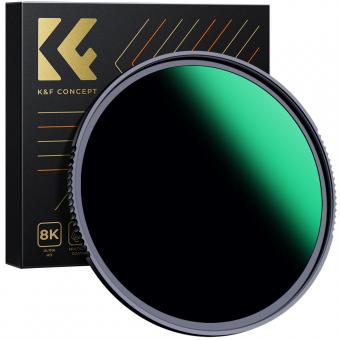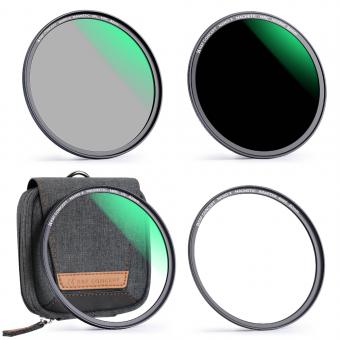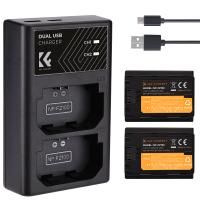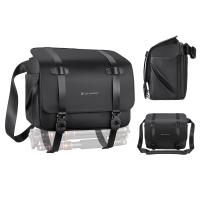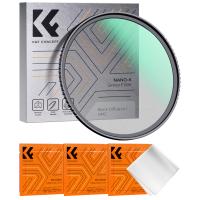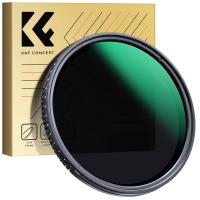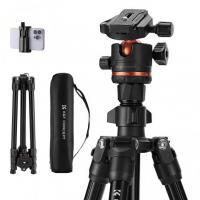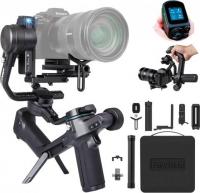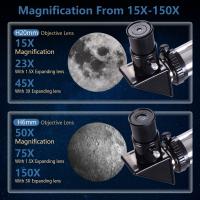Which Lens Filter Should I Buy?
When it comes to photography, the choice of lens filters can significantly impact the quality and creativity of your images. Whether you are a professional photographer or an enthusiastic hobbyist, understanding the different types of lens filters and their specific uses is crucial. In this article, we will delve into the various types of lens filters, their purposes, and how to choose the right one for your needs.
Understanding Lens Filters
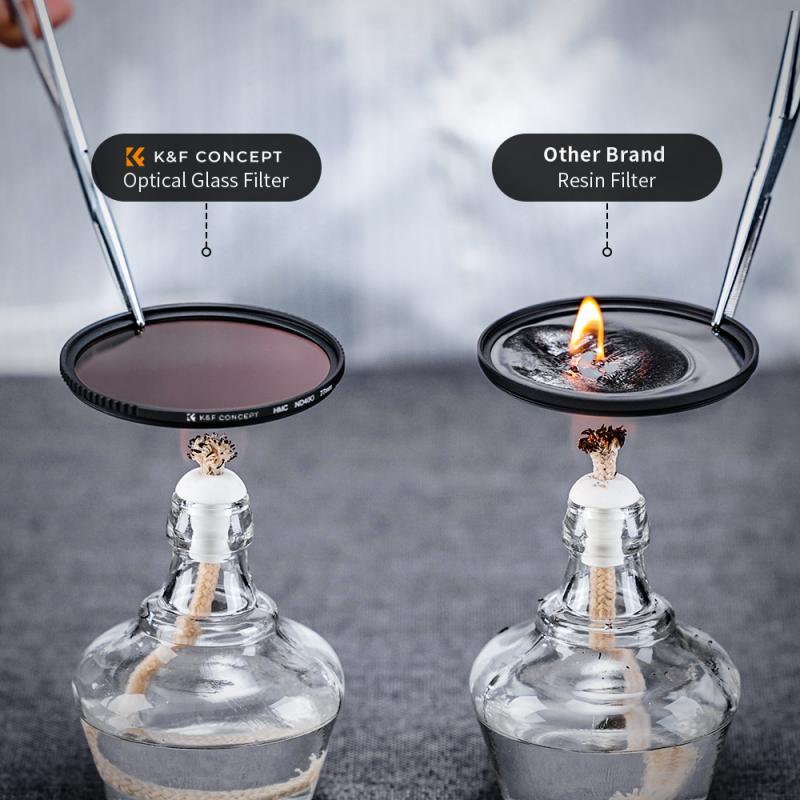
Lens filters are accessories that attach to the front of your camera lens. They serve various purposes, from protecting the lens to enhancing image quality and adding creative effects. The most common types of lens filters include UV filters, polarizing filters, neutral density (ND) filters, and special effect filters.
UV Filters
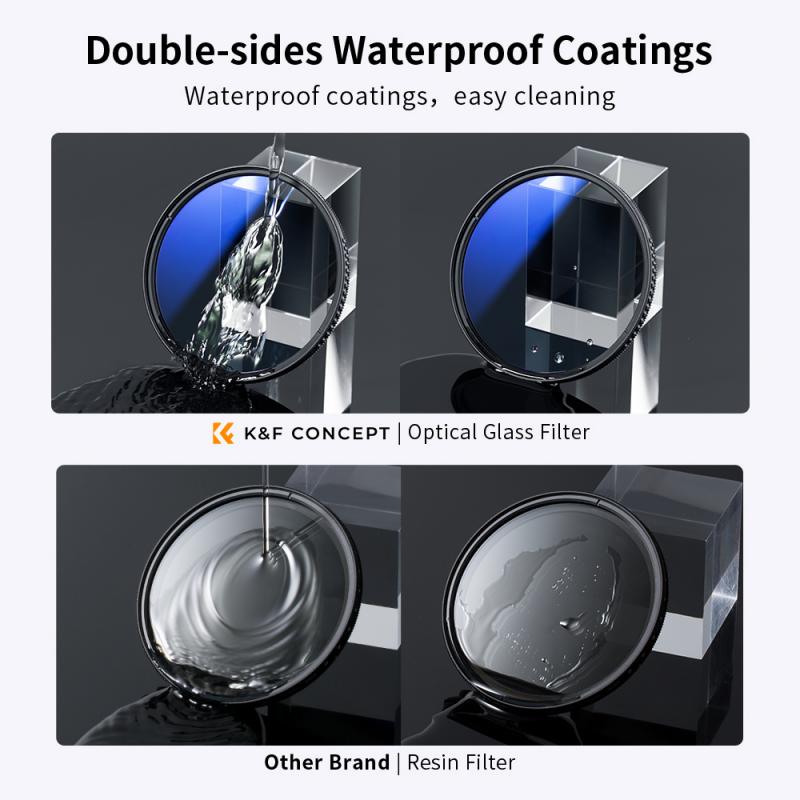
Purpose: UV filters are primarily used to protect the camera lens from dust, dirt, and scratches. They also reduce the haziness caused by ultraviolet light, which can be particularly useful when shooting in high-altitude or coastal areas.
When to Use: UV filters are ideal for everyday use. They provide a layer of protection for your lens without affecting the image quality. If you often shoot in harsh environments, a UV filter can be a valuable addition to your gear.
Pros:
- Protects the lens from physical damage
- Reduces UV haze
- Does not affect exposure settings
Cons:
- Minimal impact on image quality
- Can cause lens flare in certain lighting conditions
Polarizing Filters
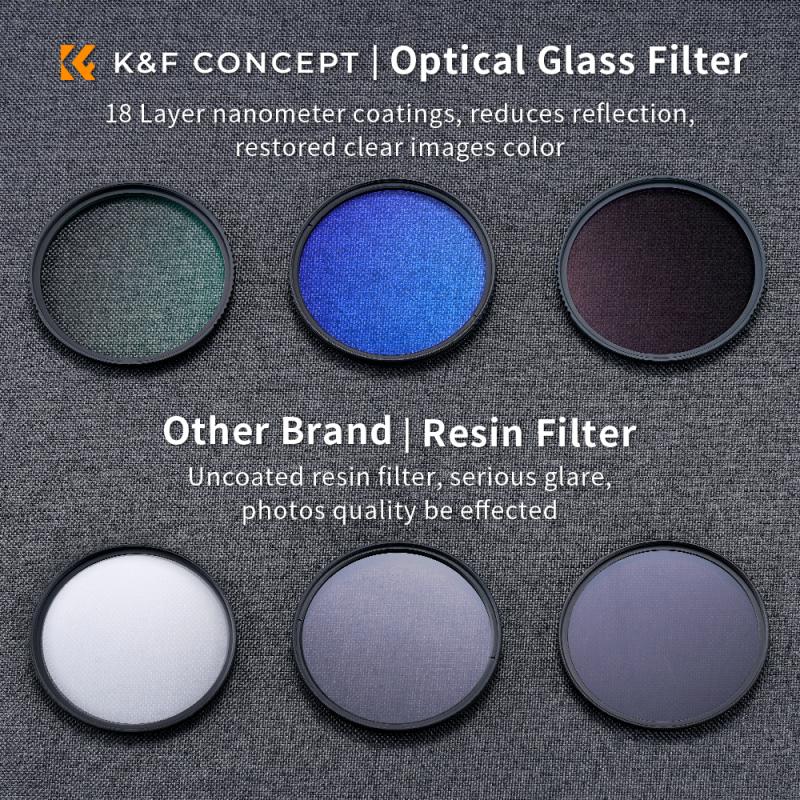
Purpose: Polarizing filters are used to reduce reflections and glare from non-metallic surfaces such as water and glass. They also enhance the color saturation and contrast in your images, making skies appear bluer and foliage greener.
When to Use: Polarizing filters are perfect for landscape photography, especially when shooting water bodies, glass surfaces, or in bright sunlight. They can also be useful in reducing reflections when photographing through windows.
Pros:
- Reduces reflections and glare
- Enhances color saturation and contrast
- Improves overall image quality
Cons:
- Reduces the amount of light entering the lens, requiring longer exposure times
- Can cause uneven polarization in wide-angle shots
Neutral Density (ND) Filters
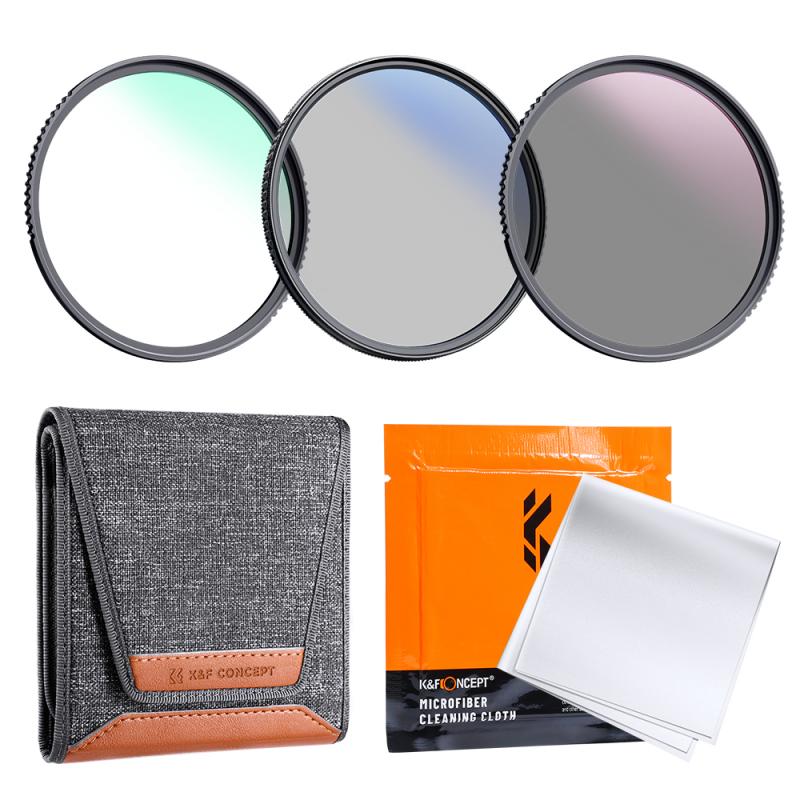
Purpose: ND filters reduce the amount of light entering the lens without affecting the color balance. This allows for longer exposure times or wider apertures in bright conditions, enabling creative effects such as motion blur and shallow depth of field.
When to Use: ND filters are essential for long-exposure photography, such as capturing smooth water in rivers and waterfalls or creating motion blur in clouds and moving objects. They are also useful for shooting video in bright conditions.
Pros:
- Allows for longer exposure times
- Enables wider apertures in bright light
- Essential for creative long-exposure effects
Cons:
- Requires careful exposure adjustments
- Can be expensive, especially high-quality models
Graduated Neutral Density (GND) Filters
Purpose: GND filters are similar to ND filters but with a gradient that transitions from dark to clear. They are used to balance the exposure between the sky and the foreground, preventing overexposure of the sky in landscape photography.
When to Use: GND filters are ideal for landscape photography, particularly when shooting scenes with a high dynamic range, such as sunsets and sunrises. They help to achieve a balanced exposure without compromising the details in the sky or the foreground.
Pros:
- Balances exposure in high dynamic range scenes
- Prevents overexposure of the sky
- Enhances overall image quality
Cons:
- Requires precise positioning
- Can be challenging to use with irregular horizons
Special Effect Filters
Purpose: Special effect filters include a variety of filters designed to create unique visual effects. Examples include star filters, which create starburst effects from light sources, and infrared filters, which allow infrared light to pass through while blocking visible light.
When to Use: Special effect filters are used for creative photography, allowing photographers to experiment with different visual effects. They can be particularly useful for artistic projects and experimental photography.
Pros:
- Adds creative effects to images
- Expands artistic possibilities
- Can be used for specific projects
Cons:
- Limited use in everyday photography
- Can be expensive and require specific techniques
Choosing the Right Filter
When deciding which lens filter to buy, consider the following factors:
1. Purpose: Determine the primary purpose of the filter. Are you looking to protect your lens, reduce reflections, balance exposure, or create special effects?
2. Type of Photography: Consider the type of photography you do most often. Landscape photographers may benefit from polarizing and GND filters, while portrait photographers might prefer ND filters for shallow depth of field in bright conditions.
3. Budget: Filters come in a range of prices, from affordable options to high-end models. While it's tempting to go for the cheapest option, investing in high-quality filters can make a significant difference in image quality.
4. Compatibility: Ensure the filter is compatible with your lens. Check the filter thread size of your lens and choose a filter that matches.
5. Brand and Quality: Opt for reputable brands known for their quality. High-quality filters are less likely to introduce unwanted artifacts such as lens flare or color casts.
Lens filters are invaluable tools for photographers, offering protection, enhancing image quality, and enabling creative effects. By understanding the different types of filters and their specific uses, you can make an informed decision on which filter to buy. Whether you need a UV filter for everyday protection, a polarizing filter for vibrant landscapes, an ND filter for long exposures, or a special effect filter for creative projects, there is a filter to suit your needs. Invest in high-quality filters and experiment with different types to discover the full potential of your photography.


